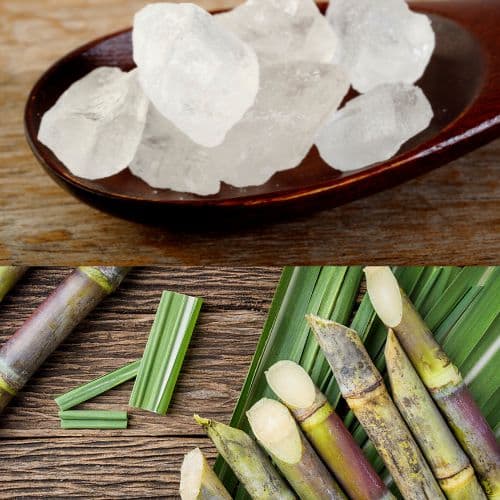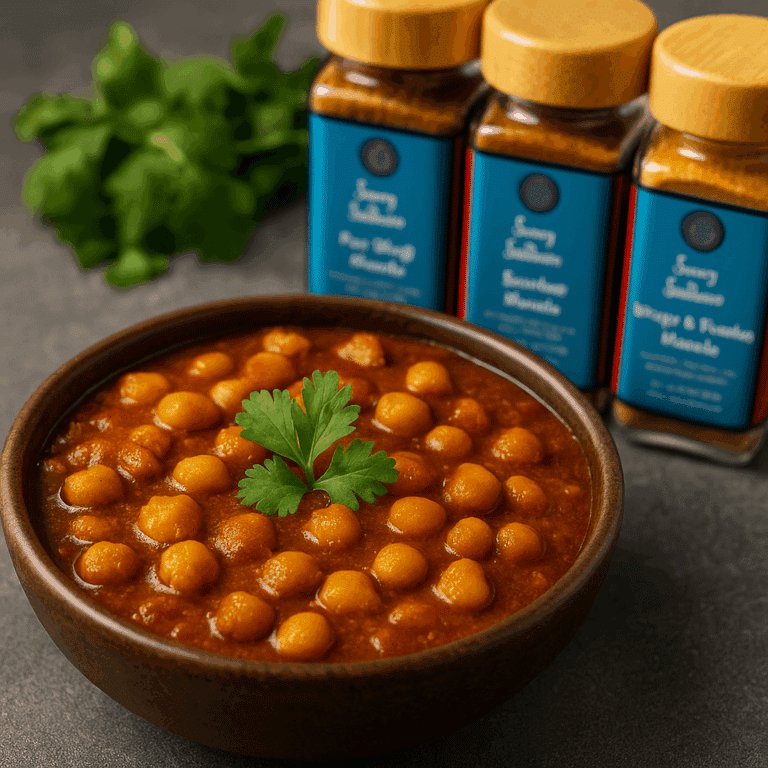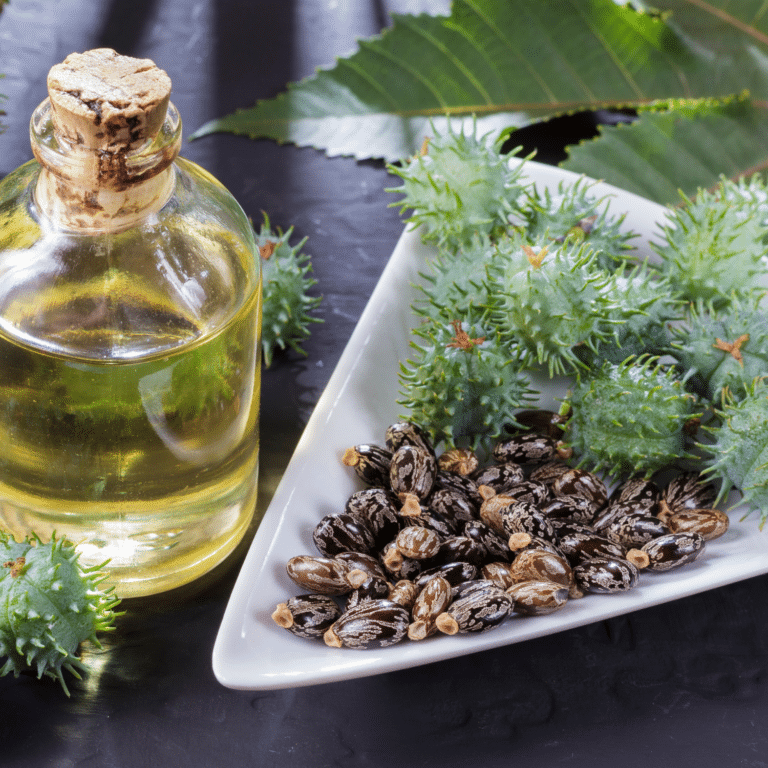Mishri, often called rock sugar or sugar candy, is that chunky, glimmering treat that looks like it belongs in a treasure chest more than your spice cabinet. But don’t be fooled by its jewel-like appearance—this humble crystal is a beloved staple across South Asia for both cooking and healing. Whether you’re stirring it into a cup of masala chai or crushing it for a home remedy your grandma swears by, mishri is the unsung hero of the sweet world.
What Exactly Is Mishri?
Mishri is crystallized sugar, usually made by boiling sugarcane juice until it forms a concentrated syrup, which is then left to cool slowly and crystallize into large, sparkly chunks. It’s less processed than granulated white sugar and is often considered a “cleaner” or more “natural” form of sweetener.
It comes in various shades, from clear white to amber, depending on how refined it is and what type of sugar was used. And yes, it totally looks like candy because… it kind of is.

Culinary Uses of Mishri: A Sweet Touch With Tradition
1. Sweetener with Subtlety
Unlike refined sugar, mishri has a mellow, almost cooling sweetness that doesn’t punch your tastebuds. It dissolves slowly, which makes it perfect for:
- Chai: Toss in a nugget or two at the end of the brew for that classic taste.
- Milk: Particularly popular in warm milk before bedtime. Add a pinch of cardamom and thank us later.
- Sweets and desserts: Used in traditional recipes like panjiri, laddoos, and some halwas.
2. Breath Freshener and Digestive Aid
You’ve probably seen that little bowl of fennel seeds and mishri at the end of an Indian restaurant meal. That’s not just for fun. Mishri and fennel work together to freshen your breath and help digestion. Plus, it makes you feel a little royal as you daintily pop sugar crystals into your mouth.
3. Festive Offerings
Mishri is a go-to ingredient in Hindu rituals and festivals. It’s used as prasad (a food offering to the divine), often paired with tulsi leaves or simply offered on its own.
Medicinal Uses of Mishri: Grandma Was Right
Mishri isn’t just a sweet treat. According to Ayurveda and traditional home remedies, it has a bunch of health benefits:
1. Cough and Throat Soother
Ever sucked on mishri when you had a sore throat? That’s a time-honored remedy. Mishri is thought to coat the throat and reduce irritation. It’s often mixed with black pepper or turmeric for added punch.
2. Energy Booster
Feeling wiped out? Mishri provides a quick glucose kick, making it ideal for recovery from fatigue or weakness. In many rural Indian households, mishri and water is the original Gatorade.
3. Memory and Brain Function
Some traditional practitioners recommend mishri with almonds and fennel seeds as a brain tonic. The idea is that the combo promotes memory and cognitive function. Science is still catching up, but hey, almonds, fennel, and sugar? Sounds tasty either way.
4. Cooling Effect
It’s said to have a natural cooling property, making it a summer favorite. Mishri water or sharbat is often served in hot months to beat the heat (and give you a sugar rush).
Modern and Non-Traditional Uses of Mishri
As versatile as mishri is in tradition, it’s finding its way into some surprisingly modern corners too:
1. Cocktail Garnish
A small chunk of mishri can add texture and sparkle to cocktail rims—especially those leaning on herbal or floral notes. Think of it as a glam twist on sugar rims.
2. Natural Sweetener in Smoothies
If you’re into smoothies but want a gentle sweetener that won’t spike your taste buds, try crushing a bit of mishri and blending it in. Works well with almond milk, banana, and cardamom.
3. DIY Skincare Scrub
Crushed mishri can be used as a base for homemade exfoliants. Mix with honey and a few drops of essential oil for a gentle face scrub. Your skin—and your sweet tooth—will thank you.
4. Mindful Snacking
Some people use mishri as a mindful eating aid. Pop a single crystal and let it dissolve slowly as a way to curb sugar cravings without diving into a whole chocolate bar. Not scientifically proven, but it feels oddly satisfying.
Where to Buy High-Quality Mishri
If you’re looking to bring mishri into your life (and honestly, why wouldn’t you?), it’s important to choose the good stuff. Here’s how:
- Indian Grocery Stores: Your local South Asian market will almost always have it, often in both white and golden varieties.
- Online Retailers: Reputable online stores like SpiceJungle, Amazon (check reviews!), and Ayurvedic shops like Banyan Botanicals often carry high-quality mishri.
- Look for Labels: Go for brands that mention “no added color” and “no chemical processing.”
- Avoid Artificial Shine: Some adulterated mishri might look suspiciously glassy or uniformly perfect—real mishri often has slight imperfections and a matte, crystalline look.
Final Crystals of Wisdom
Mishri is a perfect example of a kitchen ingredient that quietly wears many hats. It sweetens your tea, elevates your desserts, freshens your breath, and soothes your sore throat—all while looking like it was mined from a candy mountain.
So the next time you see a humble little rock of mishri, don’t overlook it. Whether you’re cooking, sipping, healing, or just experimenting in the kitchen, it’s got your back (and your sweet tooth).






